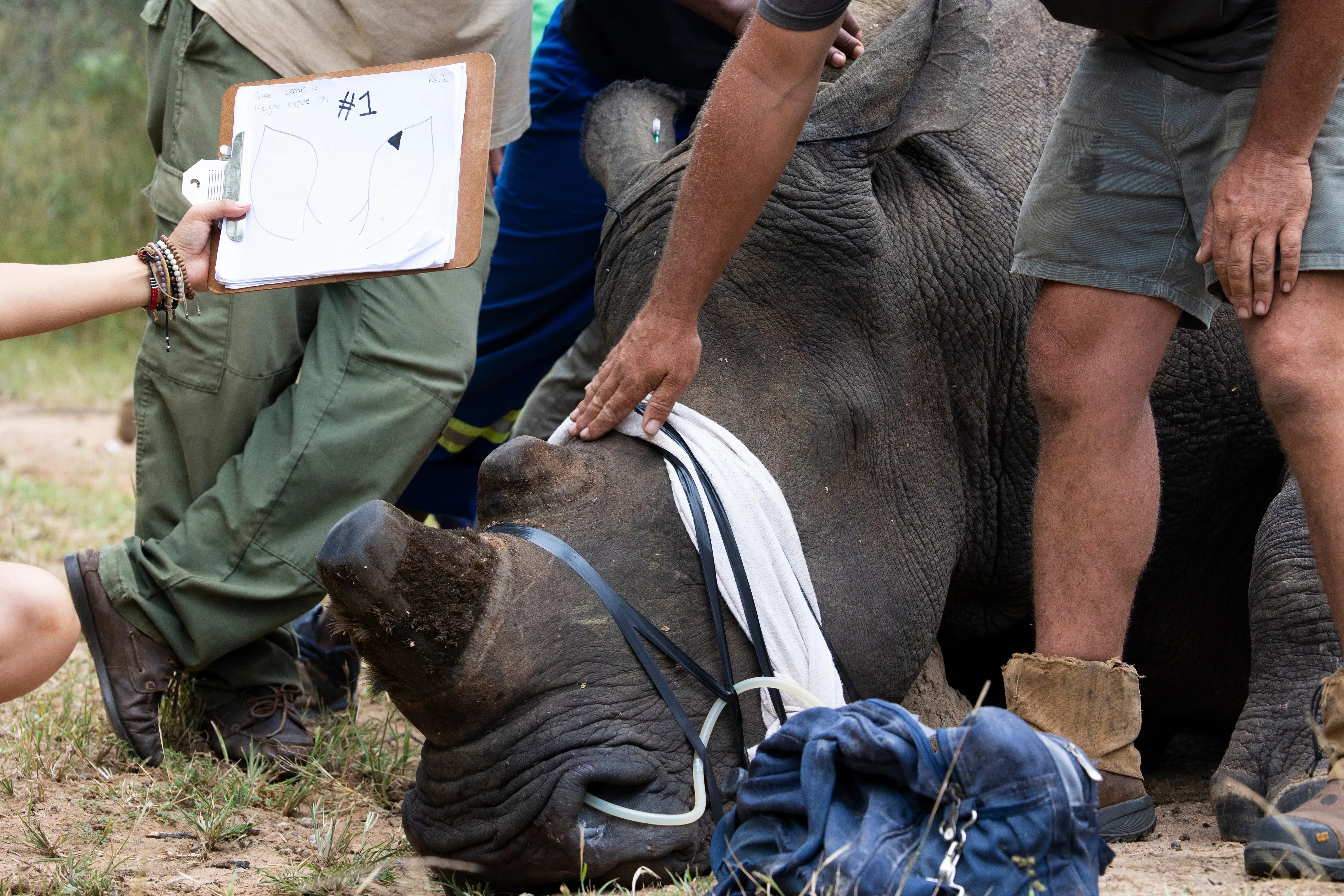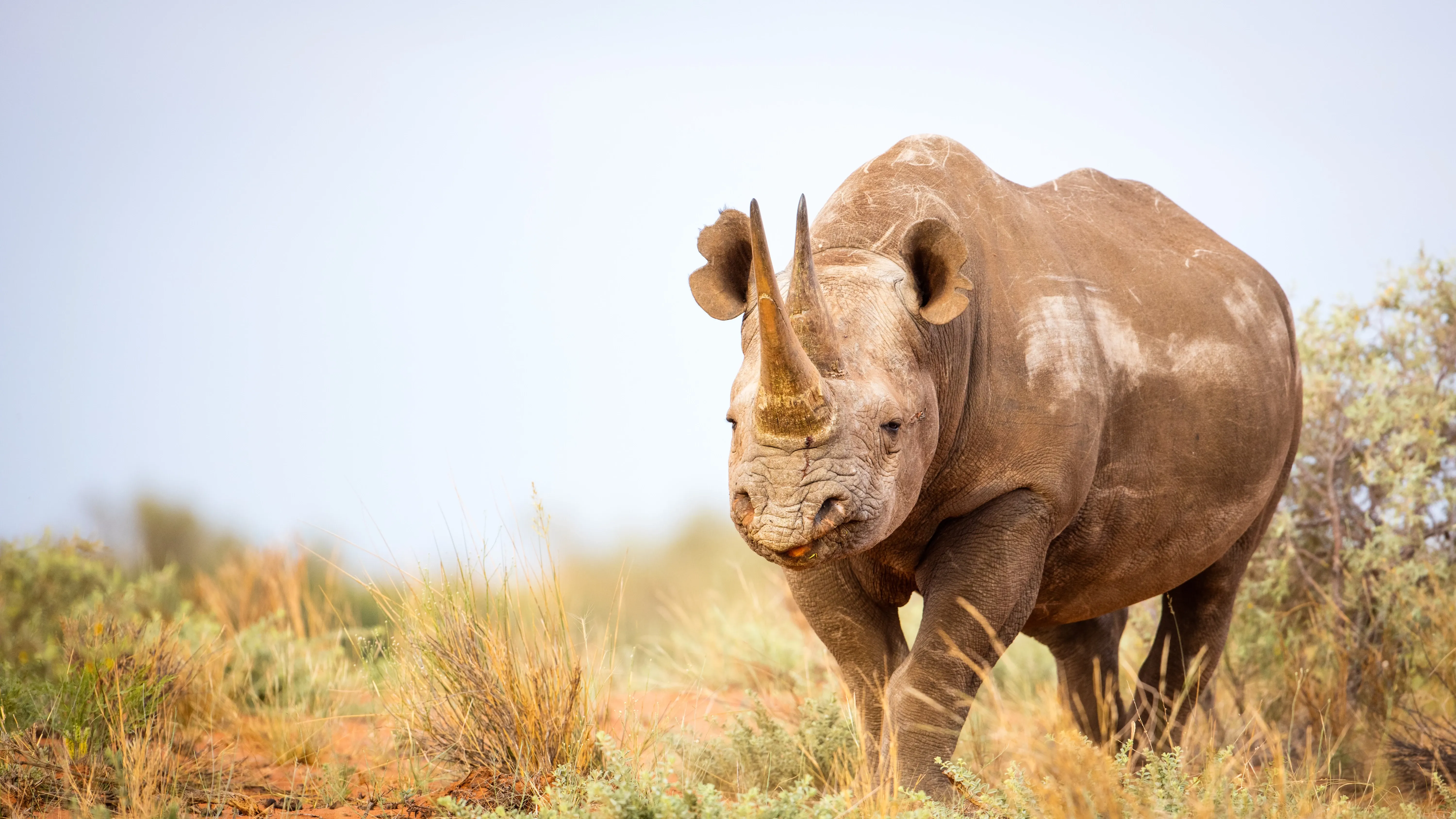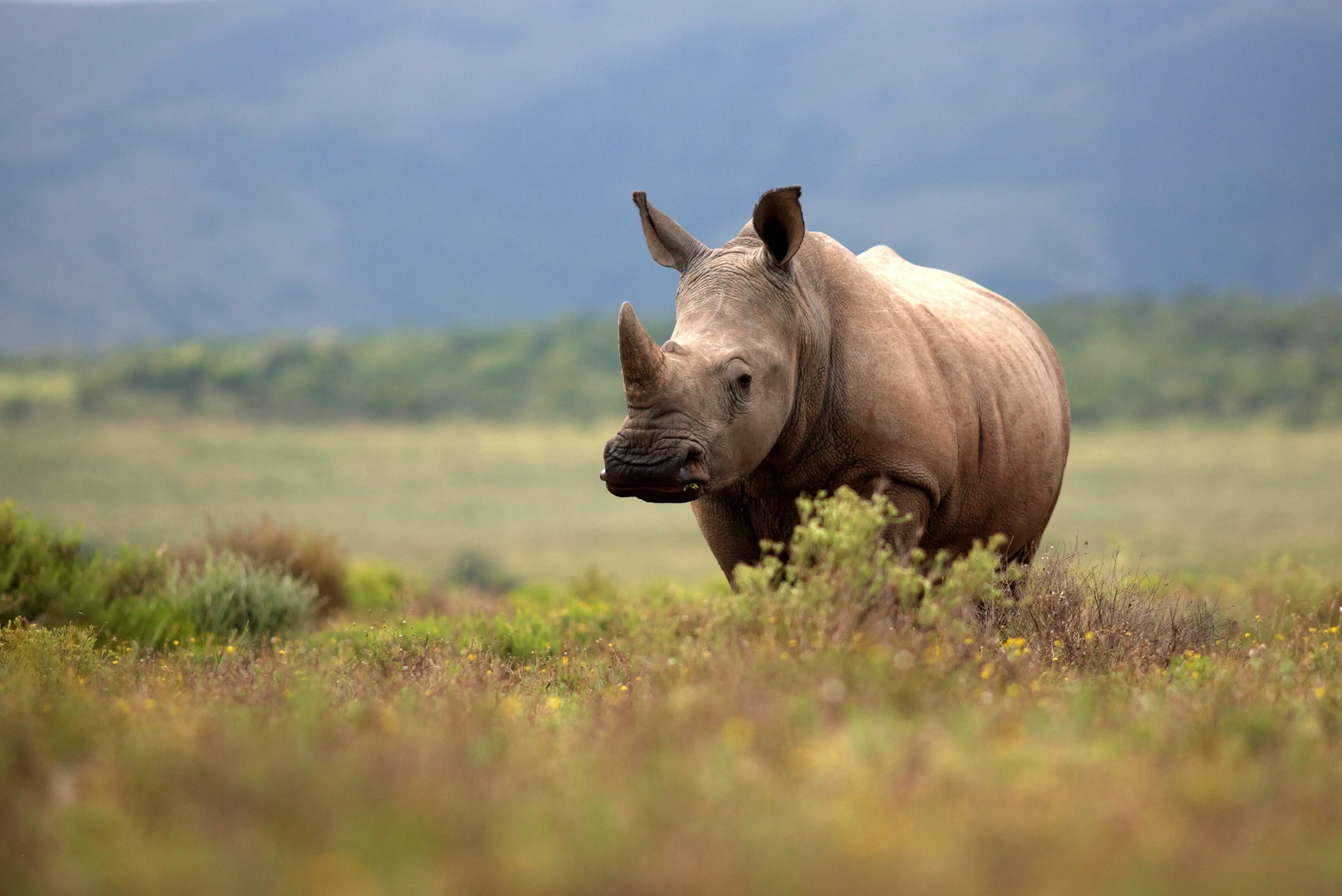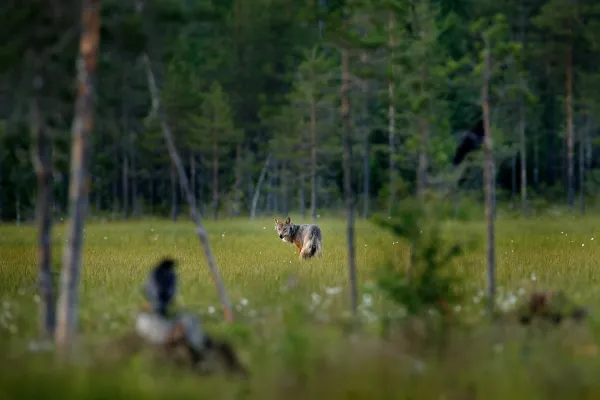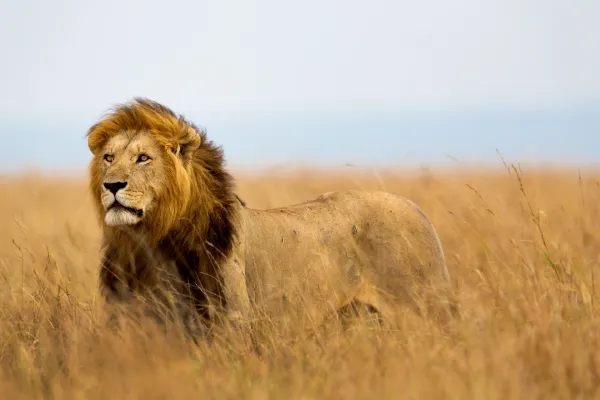Endangered species: Rhino poaching in Africa
There are five species of rhino on earth, two of which can be found in some southern African countries. All species carry horn which is one of the most sought-after items of contraband in the world, and as a result of the demand for horn, all species are critically endangered. Please allow me to elaborate ...
Rhino horn as symbol of wealth
For centuries the demand for the use of horn as ornamental or medicinal items in Asia has been on the radar. In the seventies, wealthy oil barons from Yemen would appease their egos by sporting a traditional dagger with a large and very visible handle, crafted from rhino horn.
Known as “Jambiyas” these traditional daggers, once used for self-defense were a status symbol of wealth and standing. The larger the dagger handle, the more socially valuable the wearer was. As a result, rhino in Asia and Africa were poached for their horn.
Rhino horn as medical treatment
The severity of the poaching however exploded within the last 20 years since the upsurge in demand for traditional medicinal trinkets in the east, from China, Korea, and Vietnam. As an insatiable and sinister thirst for horns took on terrifying proportions, the price for horns on the black market streets of Hong Kong and other markets skyrocketed, rhinos were mercilessly hunted indiscriminately.
Horn is used widely in traditional Eastern medicine as a treatment for a range of ailments including heart problems, rheumatism, and fever. The explosion of demand was largely due to the public sentiments of the influential Vietnamese leader General Giap who claimed that horn had cured his cancer. The demand escalated further.
Rhino conservation as a challenge
The nett result of all of this is that conservationists in Africa are at war and rhino security is a massive and strenuous undertaking. The knock-on effects of rhino poaching have alarming consequences to conservation in general. As the price of the illicit horn is manipulated by cartels and crime syndicates, the demand is an ever-present reality.
Just how the stream is fuelled, the measures taken by stoppers on the ground, legal implications, solutions proposed by role-players, and international political co-operation to slow down demand are all contentious and controversial affairs. In short, there is no quick fix. We look forward to unpacking the complicated intricacies of this terrible tragedy and sharing information with you in future editions.
Rhino horn – the simple truth
But, what of rhino horn; what is it made of? The irony of course is that horn contains no substance of any pharmaceutical value whatsoever. It is made of keratin, the same protein that constitutes hair, nails, hooves, or bird beaks. That’s it.
There are no magical elixirs or wonder drugs found in rhino horn, and the belief of any medicinal property is based on superstition and outdated folklore. This is the reason for the decimation of the world rhino populations. Hard to believe, isn’t it?
Sign up for the newsletter
By clicking on “Subscribe now” I will subscribe to the Conscious Explorer newsletter with all the information about mindful travel. Information on the success measurement included in the consent, the use of the shipping service provider MailChimp, logging of the registration and your rights of revocation can be found in our privacy policy.

